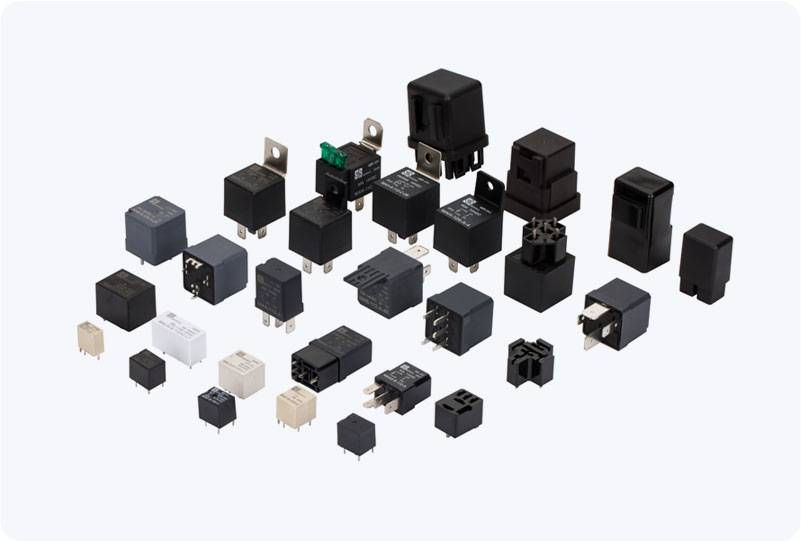A Ground Fault Relay (GFR) is a crucial component in electrical systems, designed to detect and protect against ground faults. Ground faults occur when there is an unintended connection between an electrical conductor and the ground, often due to insulation failure or other electrical malfunctions. These faults can lead to serious consequences such as equipment damage, fire hazards, and even electric shock. The Ground Fault Relay plays a pivotal role in safeguarding both electrical systems and personnel from such risks. In this article, we will explore the importance, functionality, and application of Ground Fault Relays in various electrical systems.

What is a Ground Fault Relay? A Ground Fault Relay is an automatic protective device that detects abnormal current flowing to the ground. It is primarily used in electrical circuits to identify ground faults quickly and interrupt the power supply, preventing further damage or potential dangers. These relays are essential in both low-voltage and high-voltage power systems, as well as industrial and residential electrical installations. The Ground Fault Relay works by continuously monitoring the current that flows through the system. When it detects an imbalance between the phase and neutral currents or notices a leakage current to the ground, the relay sends a signal to the circuit breaker to disconnect the power supply. This action prevents the system from further damage, reduces the risk of electrical fires, and protects against electric shocks.